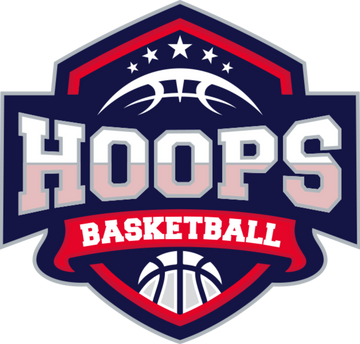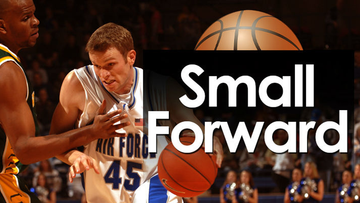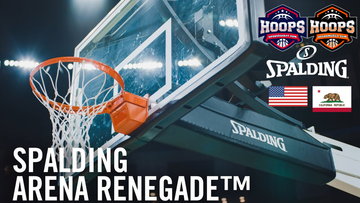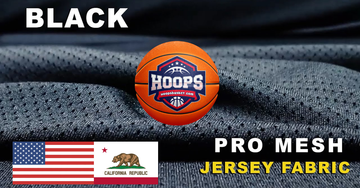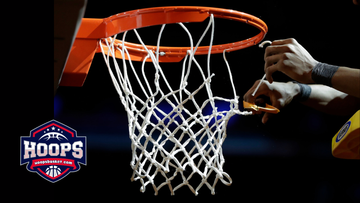The small forward, who is often referred to as the “three”, can be one of the most important roles on a basketball team.
The ideal small forward is typically a player who is bigger and stronger than the point guard and shooting guard, but shorter and quicker than the power forward and center.
This player will primarily play on the wing offensively, they will be asked to do a number of different things on the defensive end of the floor to benefit the team.

4 Tips for a Small Forward
Now that we have established what characteristics can make for a strong small forward and the specific responsibilities of the position, how can a player improve in those areas?
- Training and Weight Lifting
As mentioned above, athleticism and strength are both key.
While some of that is genetic or natural and of course height can not be trained, quickness, agility, and strength are all certainly skills that can be improved.
- Work on Shooting Every Day
While a great small forward has the ability to slash into the lane and make athletic plays for himself or his teammates, any player that is not a threat to score from the outside eventually becomes much easier to defend.
The ability to spread the floor and force the defense to extend and guard on the perimeter is oftentimes the skill that separates a player who is just a good athlete from a dominant one.
In order to be a truly dominant small forward, you must be considered a good shooter.
And becoming a great shooter requires thousands of repetitions over many seasons.

3. Breakdown Drills with Options
Any player who wants to be great should be doing drills that break down individual situations that occur within a game, and it's important that these breakdown drills force the player to make a decision.
Because the small forward is expected to do a wide variety of things, he must practice when it is appropriate to drive, shoot, or pass to a teammate.
One simple option is a 2-on-2 breakdown where the player catches the ball on the wing and then must react to both an on-ball defender and a help defender who is in the lane.
If the on-ball defender sags off, the player takes the shot.
If the defender takes the three-point shot away, the player drives and then must make a decision to score or pass, depending on the help defender.
Although it is difficult to teach a true ‘Basketball IQ,’ breakdown drills that encourage decision making will at least help a player anticipate during real game situations.
4. Play Live Action Games Often
Breakdown drills will help a small forward practice when to shoot, drive, or pass, but ultimately nothing will truly mimic a real game situation like playing at full speed.
Because instinct is such an important trait, it is important to play a lot of full-court, 5-on-5 games in order to practice reacting to different defenders and different situations.
Conclusion
Many players want to have a chance to handle the ball, shoot from the perimeter, score off the dribble, and guard the other team’s best player... but few are actually capable.
A dominant small forward has to combine size and athleticism with instinct, ‘Basketball IQ,’ and a wide mix of basketball skills, which is a combination that not many players possess.
However, a long and athletic player who trains to improve their physical skills and is also able to make a variety of plays has the potential to become a dominant small forward, which can ultimately be the most important piece of a good team.
